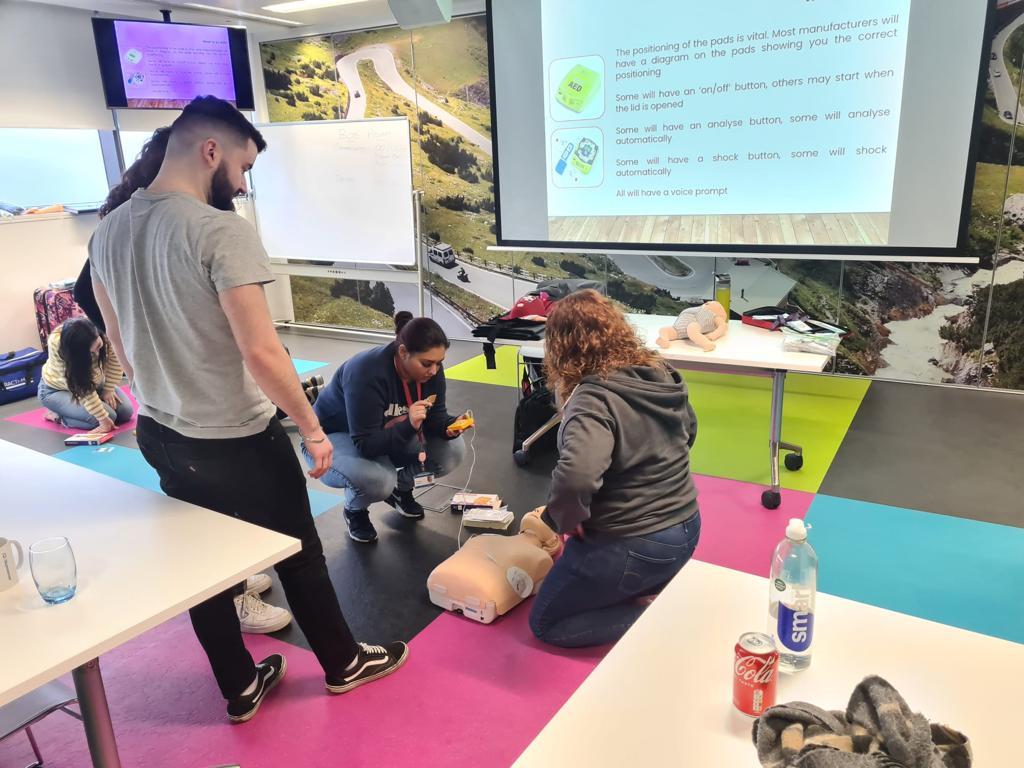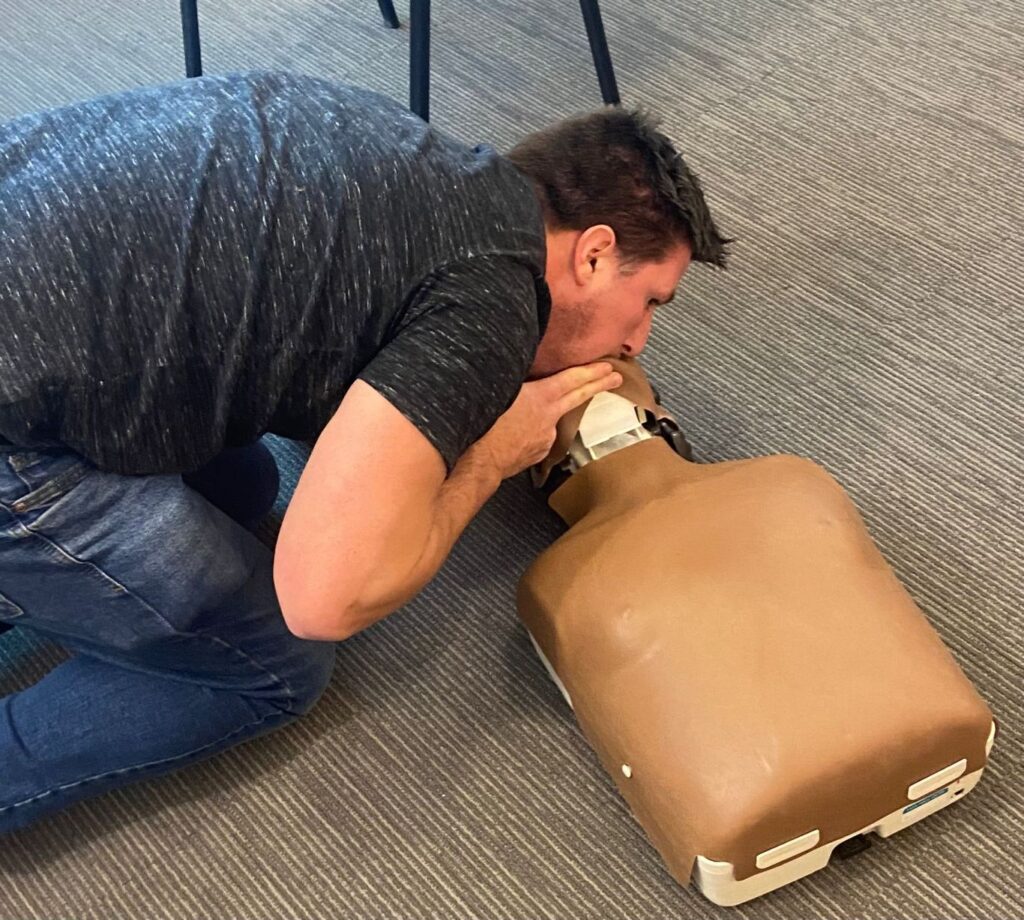Course overview
Candidates who successfully complete this course will be qualified to act as workplace first aiders. Based on a needs assessment, this Emergency First Aid at Work course may be more appropriate for low-risk work environments. The Health and Safety (First-Aid) Regulations 1981 (Appendix 6 – Content of an Emergency First Aid at Work (EFAW) Course) are met by this course.
Please keep in mind that the Emergency First Aid at Work course is unit 1 and day 1 of the 3-day First Aid at Work course. It includes training relevant to a school setting in addition to the standard Emergency First Aid at Work course.
Successful candidates will be awarded the Emergency First Aid at Work Including Paediatric Element certificate, which is valid for three years.
Time allotted
7 hours training & assessment
Maximum number of participants
Group size is 12 candidates per trainer/assessor.
Course Certification
The First Aid Industry Body (FAIB) has accredited this course in accordance with the Health and Safety (First Aid) Regulations 1981.
Assessment Methods
Assessment methods include activities, test papers, and practical assessments.
Course Content
Our school’s first aid courses cover automated external defibrillator (AED) safe use, according to safe-use guidelines established by the Resuscitation Council (UK). Students learn how to take action during an emergency, conduct primary surveys (to ensure their own safety), and complete secondary surveys. They also learn how to perform cardiopulmonary resuscitation (CPR), and deal with a range of common respiratory problems.
School first aid courses also cover a range of additional items. These include:
- IDENTIFYING THE SIGNS OF COMMON ILLNESSES
- BASIC BANDAGING AND WOUND CLEANSING
- DEALING WITH HYPOTHERMIA
- MANAGING BURNS, BUG BITES AND POISONINGS
- IDENTIFYING AND RESPONDING TO BREATHING ISSUES
- IDENTIFYING SHOCK
- BRUISES
- FIRST RESPONDERS
- HEAD & SPINE INJURY
- RESCUE,
- SPLINT
- TOURNIQUET
Need a different course? View all of our first aid qualifications.
For group bookings, we can deliver this course in-house at your school.

